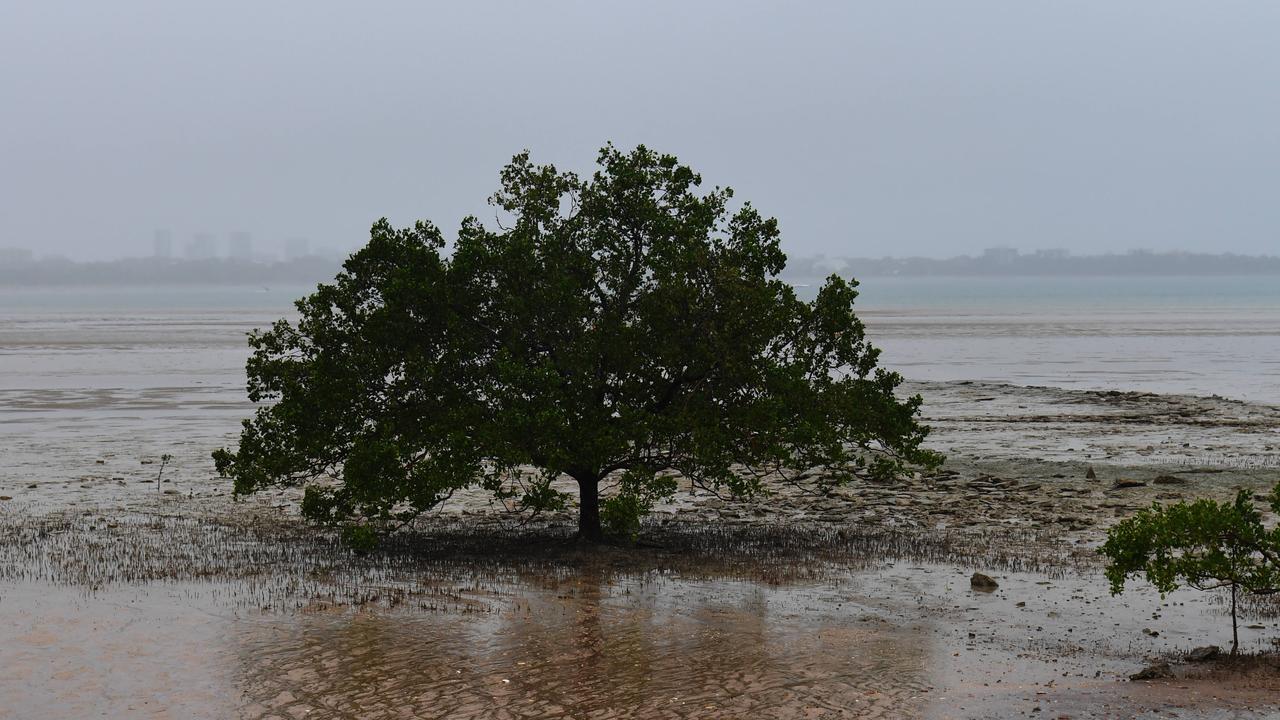Bureau of Meteorology has released its cyclone outlook for the wet season
Territorians have been warned to make preparations as the Bureau of Meteorology reveals how many cyclones will hit this wet season.
An above average number of cyclones has been forecast to hit the Northern Territory in the coming months and the severe weather is predicted to start earlier than normal
The Bureau of Meteorology said the hectic weather was the result of warmer ocean temperatures driven higher by a negative Indian Ocean Dipole and the ongoing La Nina.
Those combined conditions could lead to more tropical cyclones and tropical lows between November 1 and April 30.
On average, Northern Australia, including the Northern Territory, experiences 2-3 cyclones each year.
However, senior meteorologist Ian Shepherd said the BoM was forecasting a 60 per cent chance of more severe weather.
“Along with the forecast of an above average number of tropical cyclones, we are also expecting the possibility of an earlier cyclone,” Mr Shepherd said.
“When La Nina is affecting the Australian region there is a risk of tropical cyclone forming quite early, even as early as November.
“In most cases, those November tropical cyclones are well away from the NT, but we have to bear in mind the cyclone risk increases as you move through November and December.
“The other thing with these climate drivers is that rainfall tends to start earlier in the northern wet season, and we’re already seeing in the Darwin area where October rainfall has been above average.”

Despite an active La Nina, only one cyclone crossed the NT coastline in the 2021-22 wet season.
Tropical Cyclone Tiffany formed in the Coral Sea on January 9 and crossed the NT coastline near the community of Numbulwar on January 12 as a Category 2.
A tropical low formed off the coast of Darwin on December 23 and made landfall near Dundee early on Boxing Day, but never reached tropical cyclone strength.
Tropical Cyclone Anika was another near miss, forming in the Timor Sea on February 25 and crossing the western Kimberly coast in WA on February 26.
The Bureau has also urged Territorians to start preparing for the season, with tropical cyclones and tropical lows both capable of causing significant damage.
Lives could also be at risk with associated strong winds, heavy rainfall, flooding and storm surges, Mr Shepherd said.
“Every season there is a risk of tropical cyclones in the tropics and every year people should be preparing,” he said.
“The main thing is creating a cyclone kit meaning putting together anything you might need in a secure container with enough food and water to last three days.
“If a cyclone impacts your area the power may go out and emergency services recommend people should plan to be self-sufficient for three days after a cyclone.
“The other thing to consider is if you live near the coast and you are in a storm surge area, that’s an area that might be at risk when a cyclone comes ashore.”





